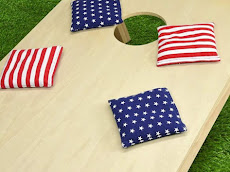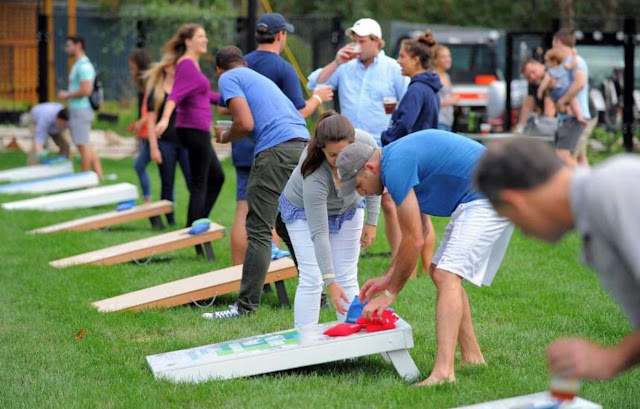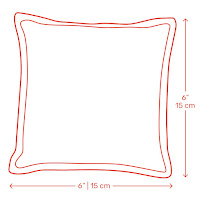Balloon Games | Indoor Activities for Kids
Has your child ever received a balloon at a birthday party and been totally enamored by it? Take that fascination to the next level by adding in a few rules and they’ll be happily moving around developing their gross motor skills while burning off some of that rambunctious energy.
Try some of our favorite balloon games and always keep a few handy to pull out when the going gets tough.
This is the classic game that kids fall for every time. The rules are simple – hit the balloon up in the air but don’t let it touch the ground. To make it more challenging for older kids, have them juggle more than 1 balloon, or tie one hand behind their back. Time them to see how long they can do it for, or if you have multiple kids, have them count how many times they can hit it back and forth…then see if they can beat their time or score! This game is great for improving arm strength and hand-eye coordination.
Place a balloon between your child’s knees and have them waddle across the room without dropping it. Make it more challenging for older kids by having them go around a few obstacles. If they drop it, they have to go back to the start.
For multiple kids, have them play as a team with the balloon placed between their hips. Once they get the hang of it, get out your timer to see how fast they can do it.
Hang a balloon by a string from your doorway so it is a few inches higher than your child’s arm reach. Then challenge them to try and tap it with their hand. Count how many they can do in a row without missing (this gets tiring very quickly!). Up the ante by seeing if they can jump and touch the balloon with the top of their head!
Set up a course and see if your child can blow a balloon all the way to the finish line. They’ll have to do lots of army crawls working their upper body and core strength along the way.
Challenge your kids to balance a balloon on the back of their hand, and see how long they can do it before it falls to the ground. You’d be surprised how much they will move around with this one!
Use a fly swatter, tennis/badminton racket or make your own paddle using a paper plate and over-sized popsicle stick (or use a paint stir stick or plastic spoon), then use it to play the games above.
These paddles are also fun for balancing your balloon. Have your kids try to keep their balloon on the paddle as they navigate through obstacles or run around the house. Not as easy as it sounds!
For a real challenge, have your kids lie on the ground with their legs up in the air and try and balance the balloon on their feet. It’s not an easy task and requires a lot of concentration. It’s also a great core workout!
Make a net by tying a piece of string between 2 chairs and then have your child hit the balloon back and forth by running from one side to the other, trying to keep it off the floor. If you have 2 or more kids, have them hit it over the net as many times as they can without it falling.
Use a small kiddy hockey stick or make your own out of cardboard to navigate a balloon into a net (use a laundry basket or box on its side if you don’t have any smaller ones to bring indoors).
Try some of our favorite balloon games and always keep a few handy to pull out when the going gets tough.
Just a reminder that pieces of burst balloons can be a serious choking hazard, so if you have younger kids, make sure they are supervised during these activities at all times.
Don’t Let The Balloon Touch The Ground
This is the classic game that kids fall for every time. The rules are simple – hit the balloon up in the air but don’t let it touch the ground. To make it more challenging for older kids, have them juggle more than 1 balloon, or tie one hand behind their back. Time them to see how long they can do it for, or if you have multiple kids, have them count how many times they can hit it back and forth…then see if they can beat their time or score! This game is great for improving arm strength and hand-eye coordination.
Penguin Waddle
Place a balloon between your child’s knees and have them waddle across the room without dropping it. Make it more challenging for older kids by having them go around a few obstacles. If they drop it, they have to go back to the start.
For multiple kids, have them play as a team with the balloon placed between their hips. Once they get the hang of it, get out your timer to see how fast they can do it.
Balloon Taps
Hang a balloon by a string from your doorway so it is a few inches higher than your child’s arm reach. Then challenge them to try and tap it with their hand. Count how many they can do in a row without missing (this gets tiring very quickly!). Up the ante by seeing if they can jump and touch the balloon with the top of their head!
Balloon Blow
Set up a course and see if your child can blow a balloon all the way to the finish line. They’ll have to do lots of army crawls working their upper body and core strength along the way.
Backhand Balloon Balance
Challenge your kids to balance a balloon on the back of their hand, and see how long they can do it before it falls to the ground. You’d be surprised how much they will move around with this one!
Balloon Paddle Ball
Use a fly swatter, tennis/badminton racket or make your own paddle using a paper plate and over-sized popsicle stick (or use a paint stir stick or plastic spoon), then use it to play the games above.
These paddles are also fun for balancing your balloon. Have your kids try to keep their balloon on the paddle as they navigate through obstacles or run around the house. Not as easy as it sounds!
Balloon Foot Balance
For a real challenge, have your kids lie on the ground with their legs up in the air and try and balance the balloon on their feet. It’s not an easy task and requires a lot of concentration. It’s also a great core workout!
Balloon Volleyball
Make a net by tying a piece of string between 2 chairs and then have your child hit the balloon back and forth by running from one side to the other, trying to keep it off the floor. If you have 2 or more kids, have them hit it over the net as many times as they can without it falling.
Balloon Hockey
Use a small kiddy hockey stick or make your own out of cardboard to navigate a balloon into a net (use a laundry basket or box on its side if you don’t have any smaller ones to bring indoors).



















